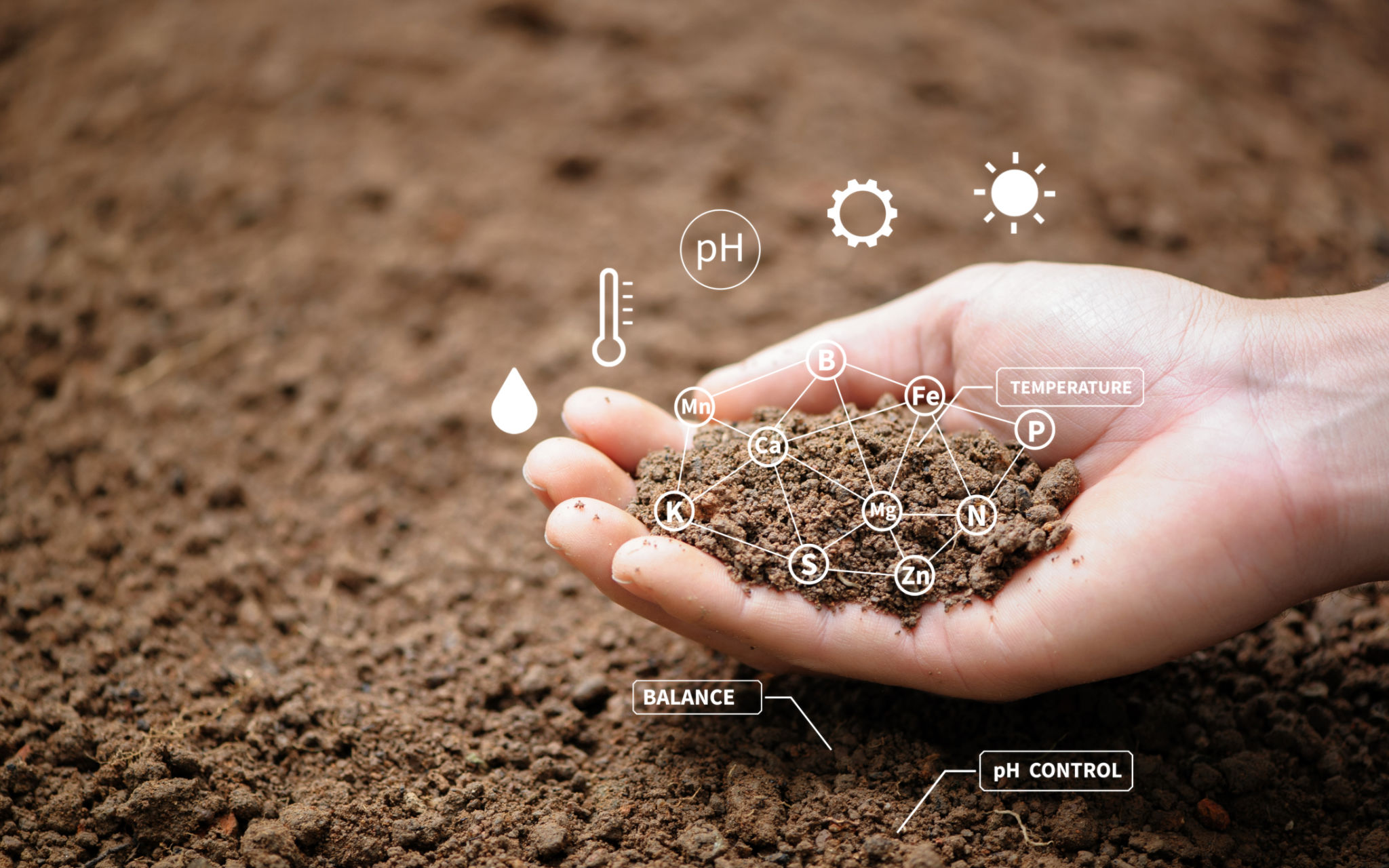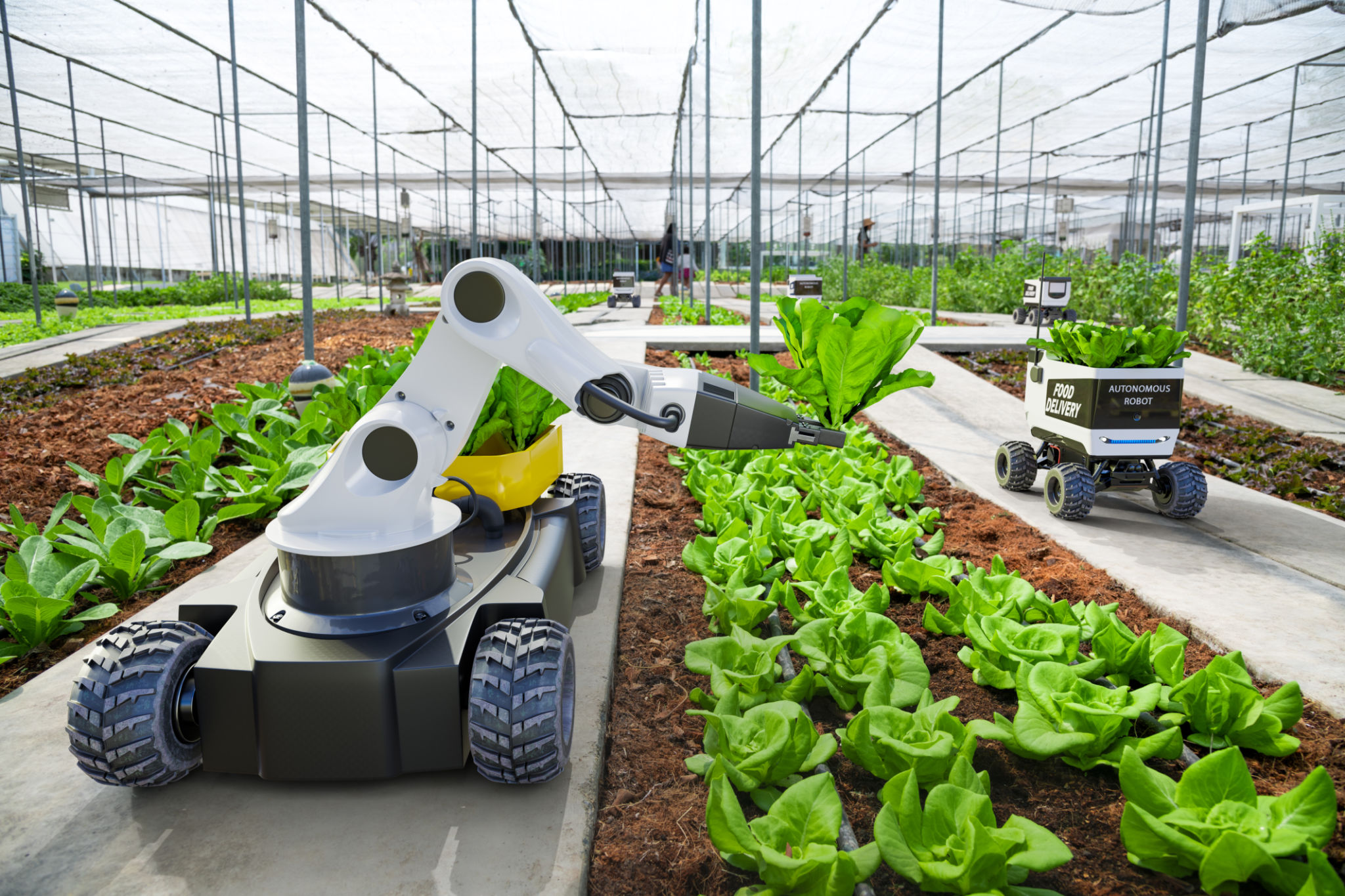Seasonal Guide to Implementing Agricultural Robots in Colorado
Introduction to Agricultural Robots
As technological advancements continue to revolutionize various sectors, agriculture is no exception. In Colorado, the integration of agricultural robots is transforming traditional farming methods, enhancing efficiency, and addressing labor shortages. This seasonal guide explores how farmers in Colorado can effectively implement agricultural robots to optimize their operations throughout the year.

Spring: Preparing for Planting
Spring is a critical time for preparing the fields and planting crops. Agricultural robots can assist in this phase by performing tasks such as soil analysis and seed planting. These robots are equipped with sensors to analyze soil conditions, ensuring optimal seed placement and depth. By using robots in spring, farmers can achieve precise planting, leading to better yields.
Soil Analysis and Preparation
Robots equipped with advanced sensors can conduct detailed soil analysis, helping farmers understand nutrient levels and soil composition. This data allows for informed decisions regarding fertilization and crop choice, ultimately improving productivity. Implementing these robots in early spring ensures the soil is ready for planting.

Seed Planting
Precision seed planting is another task where robots excel. These machines can plant seeds at consistent depths and spacing, which is crucial for uniform crop growth. By automating this process, farmers can save time and reduce labor costs while ensuring that crops have the best start possible.
Summer: Monitoring and Cultivation
During the summer months, monitoring crop health and managing weeds are vital tasks for maintaining a healthy crop. Agricultural robots equipped with cameras and sensors can monitor plant health by identifying diseases or pest infestations early on. These robots provide real-time data that helps farmers take immediate action, minimizing potential damage.

Pest and Weed Management
Robots can also assist in controlling pests and weeds through targeted applications of pesticides or herbicides. By only applying chemicals where needed, farmers can reduce chemical use, lowering costs and environmental impact. This precise approach ensures crops remain healthy throughout the growing season.
Fall: Harvesting Efficiency
As fall arrives, the focus shifts to harvesting. Agricultural robots can significantly increase harvesting efficiency by automating this labor-intensive process. These machines can work around the clock, ensuring timely harvests regardless of weather conditions.
Improved Harvesting Techniques
Using robots for harvesting not only speeds up the process but also minimizes crop damage. These machines are designed to handle delicate crops with care, reducing waste and delivering higher-quality produce to the market. Implementing robotic harvesters can lead to better timing and reduced post-harvest losses.

Winter: Maintenance and Planning
Winter provides an opportunity to maintain equipment and plan for the upcoming growing season. Farmers can use this time to service their robotic equipment, ensuring it remains in optimal working condition. Additionally, analyzing data collected by robots throughout the year can help refine strategies for next season.
Data Analysis for Future Planning
By reviewing data on soil conditions, crop performance, and pest management, farmers can make informed decisions for the next planting cycle. This data-driven approach allows for continuous improvement in farming practices, leading to increased productivity and sustainability.
The integration of agricultural robots offers Colorado farmers a pathway to more efficient and sustainable farming practices. By understanding how to implement these technologies seasonally, farmers can maximize their benefits throughout the year.